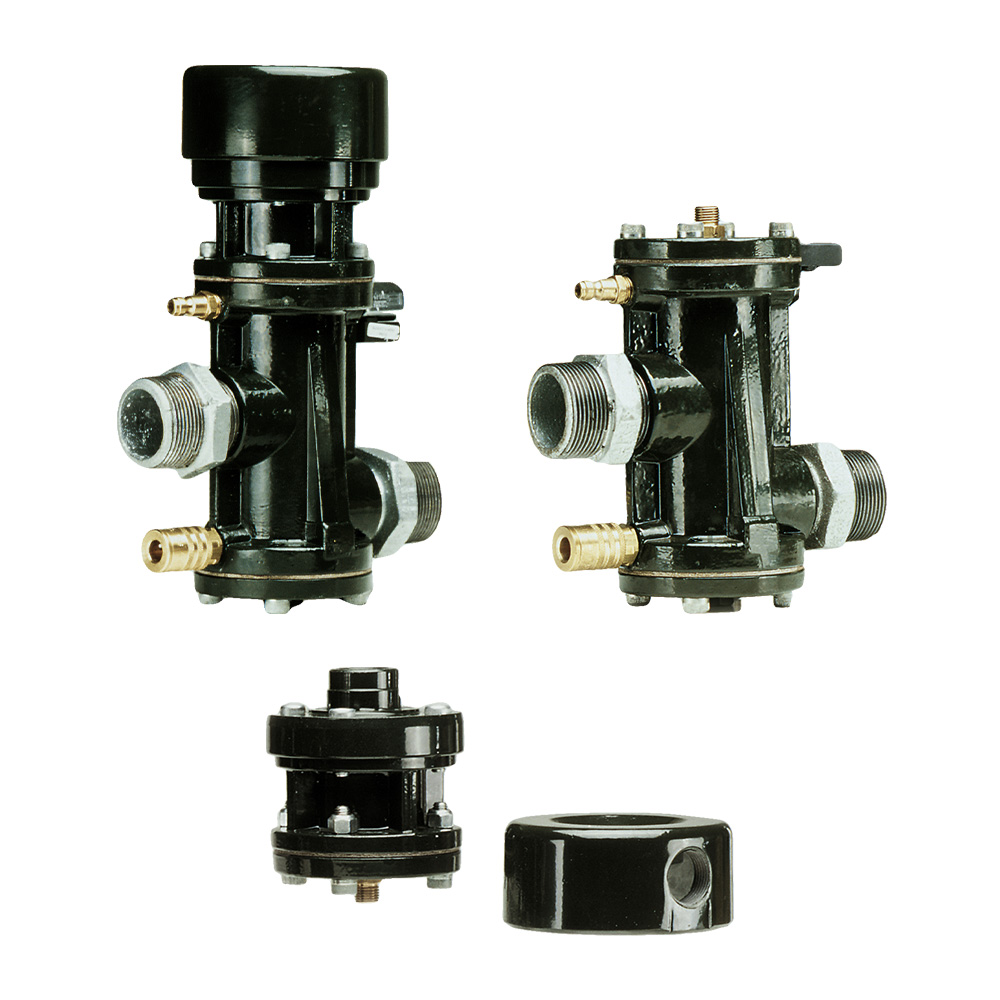Picking the Right Control Valves: A Guide to Optimal System Performance
Picking the Right Control Valves: A Guide to Optimal System Performance
Blog Article

Maximize Power Financial Savings and Convenience With Advanced Building Automation Controls
In the realm of contemporary style and facility management, the combination of sophisticated structure automation manages stands as a critical innovation. By using the power of automation, buildings can adapt, respond, and progress in ways that were as soon as unbelievable.
Power Effectiveness Perks
Energy effectiveness advantages can significantly reduce energy consumption and operational expenses in structures. By applying energy-efficient techniques and technologies, building owners and operators can accomplish significant savings while likewise adding to environmental sustainability. Among the main benefits of enhancing power performance in buildings is the decrease of energy costs. Energy-efficient systems, such as innovative structure automation controls, can maximize making use of sources like heating, lighting, and cooling, causing reduced energy expenses in time.
In addition, boosted power effectiveness can extend the life expectancy of structure devices and systems. By operating a lot more effectively, cooling and heating systems, lighting components, and other structure components experience much less damage, resulting in decreased maintenance and replacement costs. In addition, energy-efficient buildings commonly command greater home worths and rental rates, supplying lasting monetary advantages to owners.
Moreover, power effectiveness can boost resident convenience and performance. Correctly managed interior environments with optimum lighting and thermal problems produce a more favorable and enjoyable office, causing improved employee contentment and efficiency. Overall, the power effectiveness benefits related to innovative structure automation controls are multifaceted, including price financial savings, environmental stewardship, and occupant wellness.
Boosted Convenience Control
Enhancing convenience control in structure atmospheres needs a sophisticated assimilation of sophisticated automation systems for optimal occupant health. By making use of innovative building automation controls, facilities can customize the indoor environment to meet the details demands and preferences of occupants. control valves.
Boosted convenience control goes past basic temperature level modifications. It includes features such as personalized setups, occupancy sensing units, and natural light utilization to create a receptive and dynamic atmosphere. By integrating these advanced controls, structures can not only improve convenience however likewise boost energy performance by enhancing system procedures based upon actual tenancy and use patterns. Eventually, focusing on passenger convenience through sophisticated automation systems results in an extra delightful and healthier indoor setting.
Functional Effectiveness Improvements

Furthermore, the application of real-time monitoring and analytics tools enables structure operators to recognize energy ineffectiveness and functional anomalies promptly. By continually keeping track of energy use patterns and system efficiency metrics, changes can be made in real-time to maximize energy intake and guarantee peak operational efficiency. control valves. In addition, incorporating demand feedback strategies right into structure automation controls can better enhance operational performance by dynamically adjusting power usage based upon grid conditions and rates signals
Indoor Climate Optimization
Efficient interior climate optimization is an essential aspect of building automation controls, making sure passengers' convenience and well-being while making best use of energy cost savings. By using innovative sensing units and controls, developing automation systems can continually check and readjust temperature, humidity levels, air high quality, and ventilation to develop an optimum indoor atmosphere. Maintaining comfy and regular conditions not just boosts occupant contentment but likewise improves performance and total health.
Interior climate optimization additionally plays a vital role in energy efficiency. By fine-tuning air flow, air conditioning, and heating systems based on real-time information and tenancy patterns, developing automation controls can considerably reduce power intake - control valves. Applying methods website link such as demand-controlled ventilation and thermal zoning can assist minimize power waste while ensuring that each location of the structure obtains Full Report the needed conditioning.

Sustainable Setting Production
Building automation regulates not just maximize interior climate conditions for power performance and owner convenience however likewise lay the foundation for developing a lasting atmosphere with tactical management of systems and sources. By integrating innovative structure automation innovations, such as sensors, actuators, and smart software program, facilities can monitor and readjust power usage in real-time to minimize waste and minimize their carbon footprint. These systems allow predictive upkeep, recognizing prospective concerns before they rise and enhancing equipment efficiency to enhance long life and performance.
Furthermore, sustainable atmosphere creation prolongs past power administration to encompass water preservation, waste decrease, and indoor air top quality improvement. Structure automation controls can regulate water use, spot leakages, and guarantee correct waste disposal techniques, adding to general sustainability like it initiatives. Additionally, by monitoring and managing air flow and filtration systems, these innovations boost occupant wellness and productivity while reducing power consumption connected with cooling and heating operations.
Final Thought
To conclude, advanced building automation manages deal significant benefits in regards to power financial savings, comfort control, operational effectiveness, interior environment optimization, and creating a sustainable environment. By carrying out these controls, structures can attain optimum performance while decreasing energy consumption and enhancing passenger convenience. It appears that making use of sophisticated automation innovation is vital in boosting structure efficiency and developing an extra lasting future.
Power performance advantages can significantly decrease power usage and operational expenses in buildings. Overall, the energy efficiency benefits associated with advanced structure automation controls are complex, incorporating expense financial savings, ecological stewardship, and owner health.
In addition, integrating need action techniques right into building automation controls can further boost operational efficiency by dynamically readjusting energy use based on grid conditions and rates signals.
Structure automation manages not only maximize indoor environment conditions for power effectiveness and owner convenience but likewise lay the structure for developing a sustainable environment through tactical management of resources and systems.In conclusion, advanced structure automation manages deal considerable advantages in terms of energy financial savings, comfort control, functional efficiency, interior environment optimization, and producing a lasting environment.
Report this page